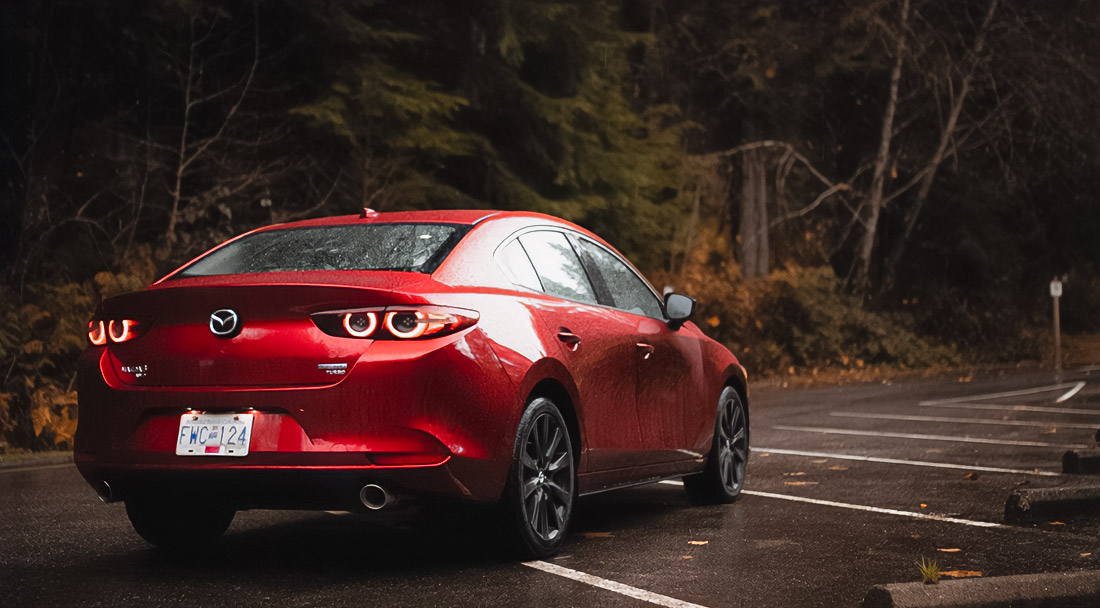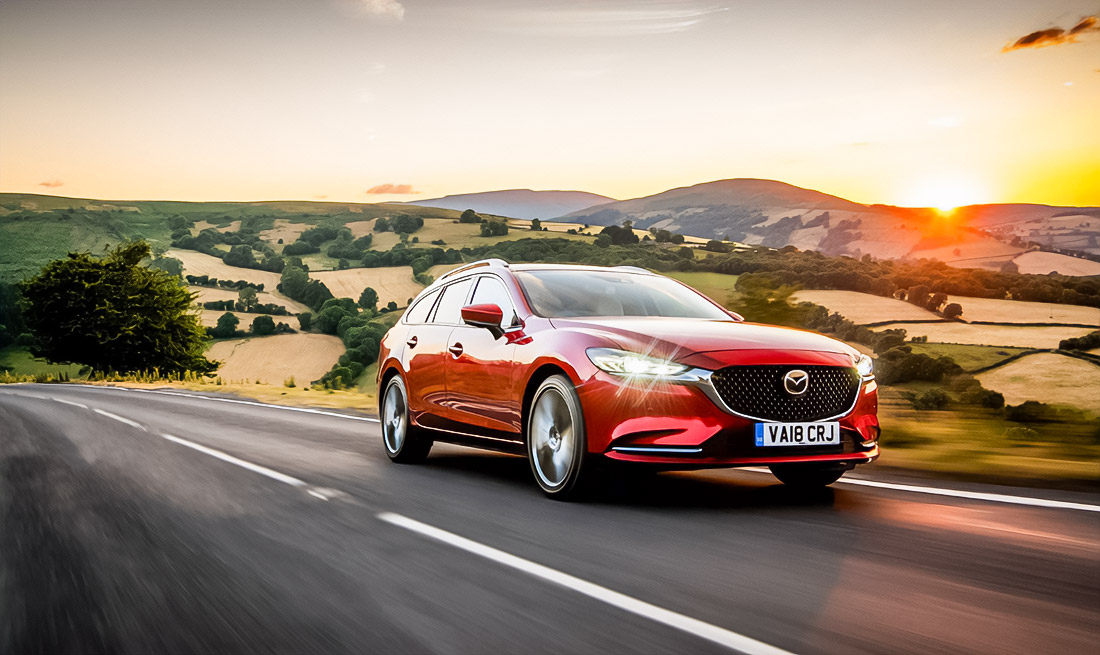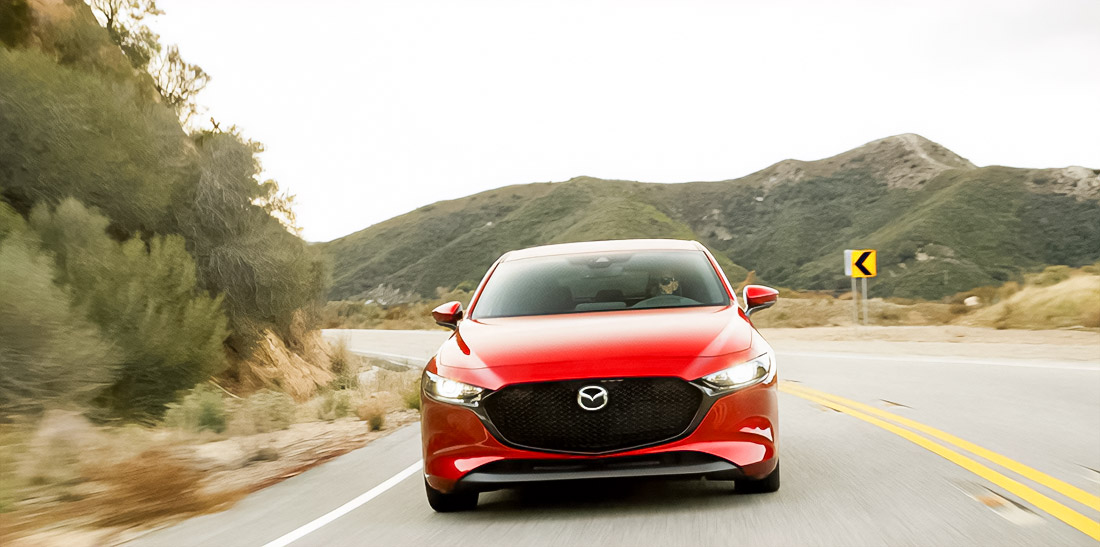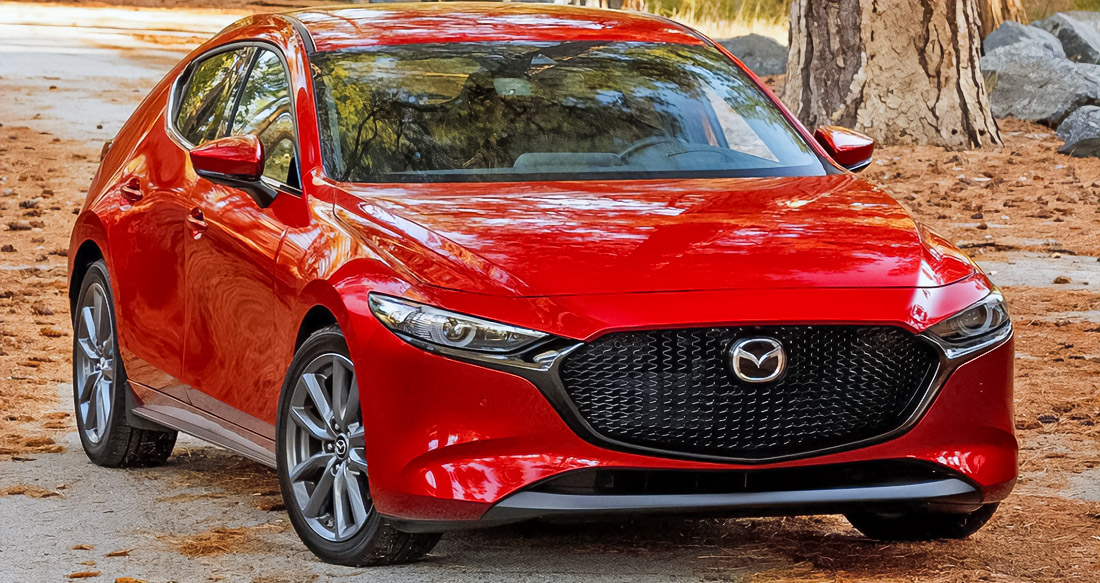Fleet management in the UAE has long ceased to be just a task of tracking cars on the roads. Today it is a complex system that combines multi-city service coverage, telematics, GPS navigation, insurance, predictive and preventive maintenance, as well as integration with public transport. This approach provides companies with sustainability, compliance with RTA requirements and cost reduction.
Efficiency and Daily Benefits

Fleet management in the UAE is not just about route control. It also includes fuel management, behavioral analysis of drivers, and operational planning. Logistics accounts for about 14% of the country’s GDP in 2024, and any optimization in this area yields real savings. Routing systems with telematics allow you to bypass traffic jams, take into account the workload and even the work schedules of drivers. For instance, private operators expanding across multiple cities now manage mixed fleets that include both commercial vans and popular consumer models such as those found in Mazda Dubai, ensuring efficiency across service networks.
Dubai’s bus network is a good example. The fleet of 1,390 buses operates 11,000 flights daily, covering 333,000 kilometers. In 2024, the number of passengers reached 188 million, which is 8% more than a year earlier. The introduction of a priority system at traffic lights has increased the accuracy of bus arrivals by 12%. And the expansion of the allocated lanes to 20 kilometers should increase passenger traffic by 10% and reduce travel time by almost half.
Sustainability and Environmental Priorities

The transition to sustainable development can no longer be ignored. Electric fleets show significantly higher energy efficiency compared to vehicles powered by internal combustion engines and require fewer maintenance resources. At the same time, they reduce the level of CO₂ emissions, fully fitting into the government’s policy of reducing atmospheric pollution.
Dubai buses already comply with the Euro 6 standard. This means not only a reduction in pollution levels, but also an increase in the quality of transportation: spacious cabins, modern security systems, accessibility for passengers with disabilities.
Strict Rules and Legal Compliance

All commercial fleets are required to have at least third-party liability insurance. The RTA sets the age limit for cars usually from 4 to 6 years, and for electric vehicles and premium models, a period of up to 10 years is allowed. A minimum of 250-500 vehicles are required to obtain ride-hailing licenses. Every vehicle must undergo registration and regular inspections, and all vehicles must be equipped with GPS systems connected to the TARS platform.
Fleet insurance has become a risk management tool. It reduces the administrative burden, allows you to analyze the behavior of drivers and directly affects the cost of premiums. Companies implementing telematics receive not only protection, but also discounts from insurers.
Innovation and Technological Transformation
Technology has ceased to be an experiment and has become the norm. Artificial intelligence, machine learning, and the Internet of Things make it possible to anticipate breakdowns, plan repairs in advance, and minimize downtime. The next step is the introduction of autonomous transport, which will set new challenges for laws and urban infrastructure.
Special attention is paid to cybersecurity. Data flows about routes, passengers, and transport conditions require protection from cyber attacks. Without it, it is impossible to maintain the stability of the entire system.
Investments and Economics
Launching multi-city ride-hailing services and large corporate fleets requires huge investments. Companies are forced to take into account the costs not only for the cars themselves, but also for licenses, insurance premiums, parking spaces approved by the RTA, and technological infrastructure. Despite its capital intensity, the market remains promising: demand is generated by corporate clients, tourists and residents of megacities.
Multi city coverage in fleet management is not just a convenience. This is a strategic necessity that combines routing, telematics, insurance, ecology and innovation into a single system. The passenger growth figures, the introduction of electric vehicles and the strict requirements of the RTA clearly show that without an integrated approach, it is impossible to build an efficient transport ecosystem in the UAE.

Basketball fan, father of 3, music blogger, Mad Men fan and storyteller. Producing at the crossroads of simplicity and intellectual purity to craft an inspiring, compelling and authentic brand narrative.
